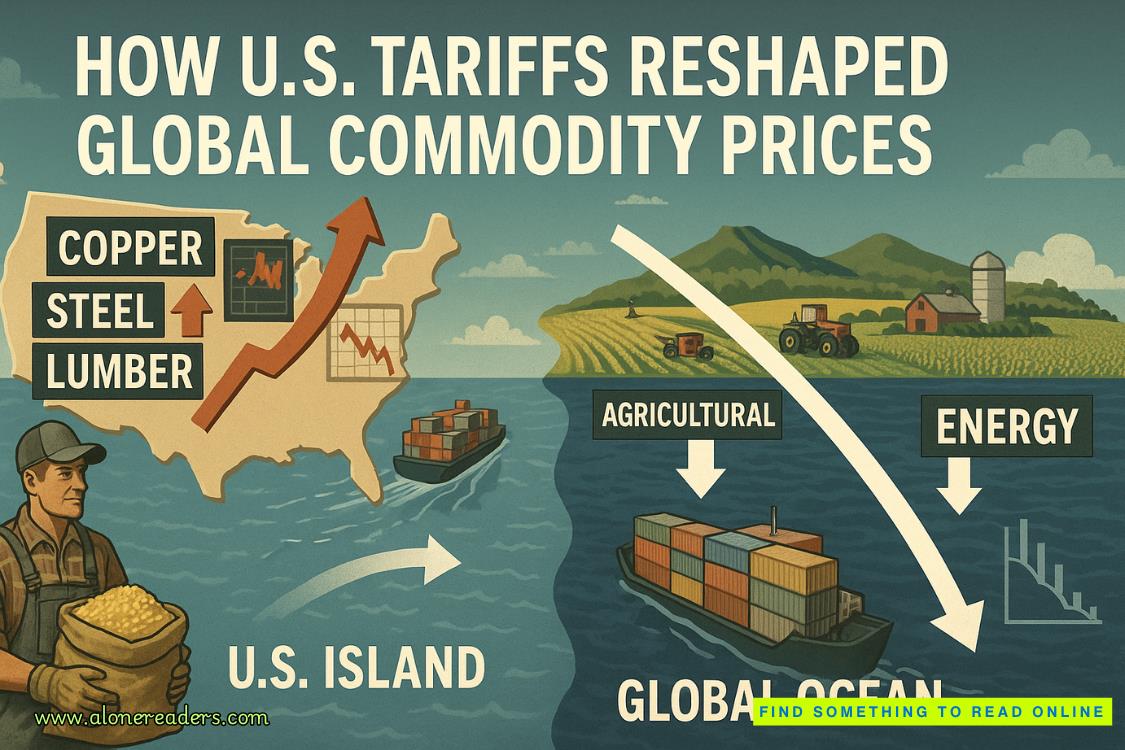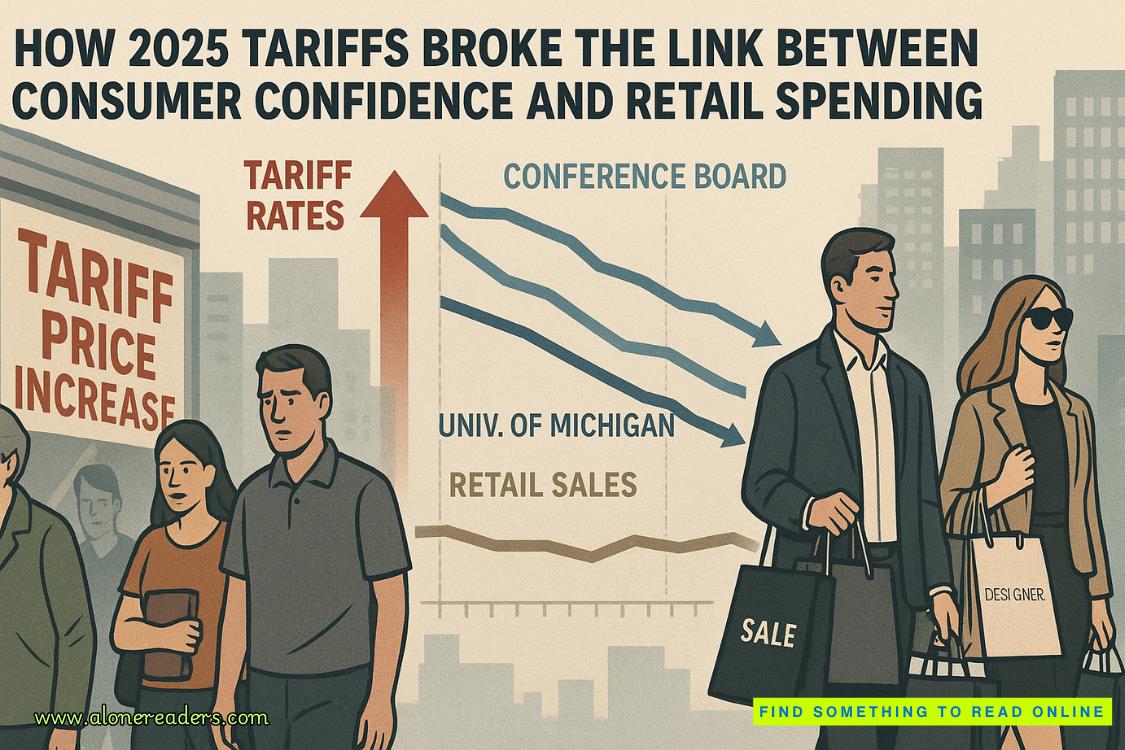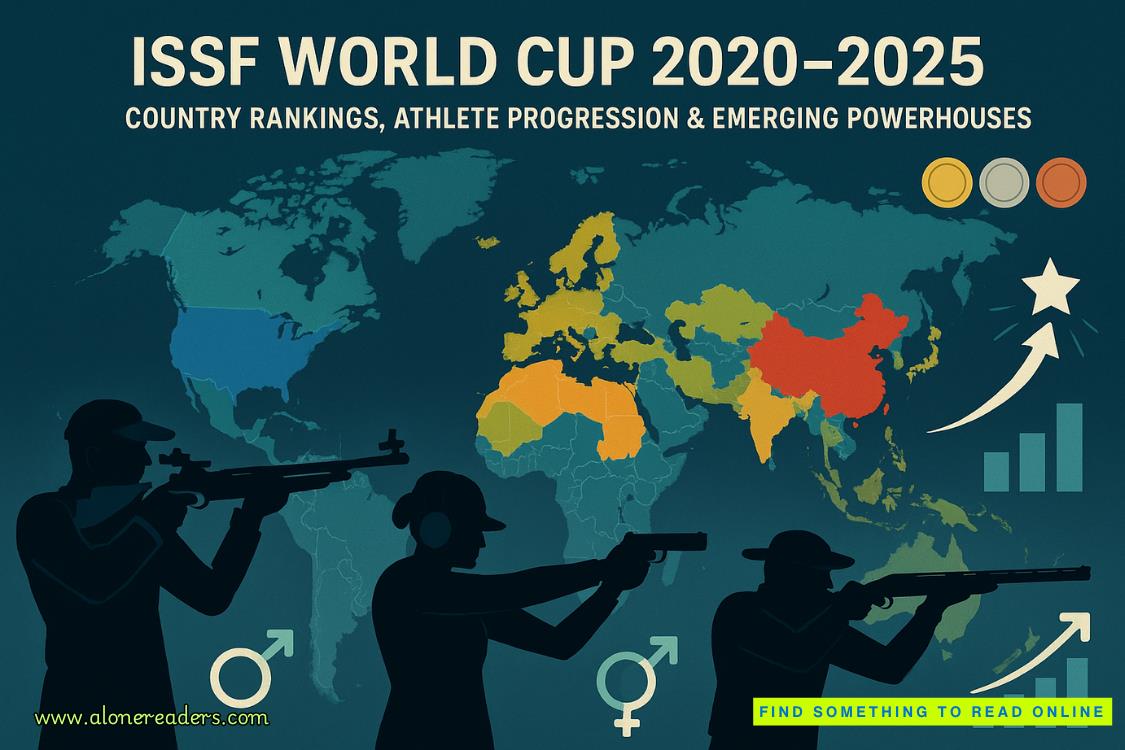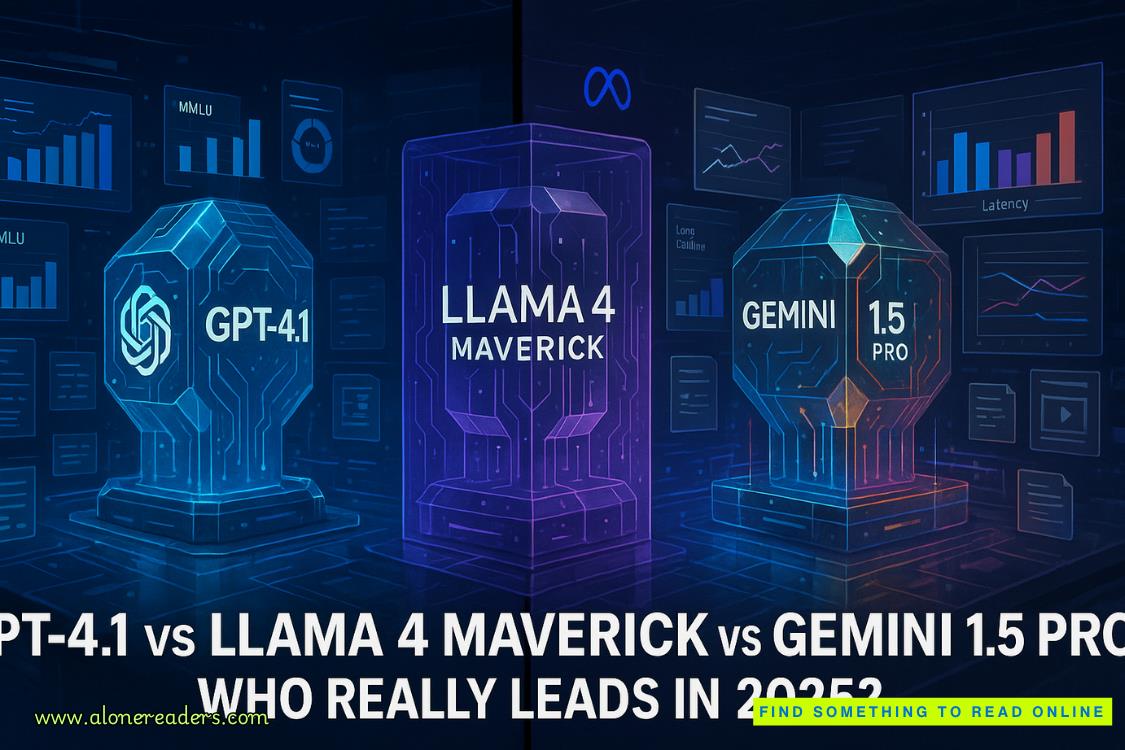Page 17 of Carrie Soto Is Back
“And like we talked about, everyone will be looking at you, looking to see if you’re as good as they’ve heard. Ignore all that. Justbegood––don’t try to prove it.”
“Bueno, entiendo.”
As I turned to go into the locker room, the door swung open and hit me hard in the shoulder. Out walked Paulina Stepanova.
Eighteen years old, six feet tall, white-blond hair and arms like cannons—she had come out of nowhere. A baseliner from just outside Moscow, she was the kind of competitor I was not expecting.She had just joined the tour two months prior and had already gotten to the final in the Australian Open.
As Paulina walked by, she barely looked at me. “Izvinite menya,I did not see you there. You are so short.”
I gave a tight smile and then turned to my father. “I want to beat her to the ground.”
—
My first year on the tour, I clinched some big titles and quickly turned pro, bringing in tens of thousands of dollars. I was up against some of the biggest names in tennis, women I had looked up to for years, like Amparo Pereira, and players who had long eluded me, like Mary-Louise Bryant. But it was Stepanova the newspapers were talking about.
Paulina the Powerful Dominates the Rest. Stepanova Steps Out to Deafening Applause.
Publicly, I kept my face neutral. But afterward, in the hotels and on the long flights, I raged.
“She is inmy way,” I told my father.
“It is your first year on the tour,” he said. “Not everything comes the second you want it. Keep your head down and keep working. You will get there.”
I did what he told me. I dideverythinghe told me. Extra training sessions, no Sundays off, studying tapes of other opponents’ matches. I watched Mary-Louise Bryant up against Tanya McLeod, Olga Zeman vs. Amparo Pereira. I watched tape of Stepanova up against everybody. Even me.
And my father and I adjusted. I learned to take it out of the air earlier with Stepanova, slow the game down against Mary-Louise, come out of the gate strong against Tanya McLeod, try to piss off Pereira.
Throughout ’75, I climbed my way up the rankings.
61st
59th
30th
18th
16th
12th
11th
During the fall of ’75, I finally got the chance to go head-to-head with Stepanova for a title when the two of us made the final of the Thunderbird Classic. I’d never beaten her in a meaningful tournament before. But as we got to the third set, I felt a groundedness, an energy, and started to sense that familiar hum in my bones.
When the score was 6–6, we went to a tiebreaker. I kept on her. The tiebreaker went to 12–12, but I could see her slowing. She double-faulted, and then I served an ace.
And it was over. I’d won.
Afterward, during my press conference, it was confirmed that my win had officially broken me into the top ten. I was seventeen years old and the number ten player in the world. I smiled when I heard the news. One of the reporters commented, “We are not used to seeing you smile. You should smile more.” I immediately pulled my lips tight.
In her post-match, someone asked Stepanova, “You and Carrie Soto have proven to be well-matched competitors. Do you agree?”
She said nothing for a moment and then leaned into the microphone. “My shoulder started aching earlier this morning. I played through the pain, but it took a toll. Carrie would not have won otherwise. She does not have the ability to beat me when I am playing my best.”
“Is this a joke?” I said to my father as I watched it on TV. “She was fine! She wasn’t injured! What a crock!”
My father insisted I ignore her, and so I tried.















